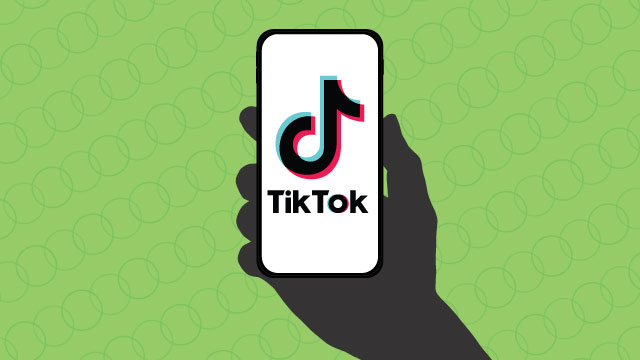Marketing on TikTok? Five questions to consider.
By Mary Gura, SVP, Director of PR/Social
TikTok launched in Beijing, China in 2016, but has been making headlines ever since as some countries have threatened to ban – or have banned – the video app due to content and security concerns. But, with more than two billion downloads across 150 countries, it appears that TikTok is here to stay. For marketers, there are some compelling reasons why that might be good news.
Every day, TikTok users spend 81 minutes on the platform (compared to 28 minutes per day on Instagram*). This offers brands a massive opportunity to connect with the app’s predominantly Gen Z audience, which is the coveted 13-24 demographic.
As brands and organizations begin to find their way on TikTok, here are five questions to ask before launching on the app:
- Do you have unique content to fill the pipeline?
As a video-first platform that prides itself on sight and sound, it’s no surprise that content found on TikTok is unique to the platform. This is imperative to keep in mind when creating content for TikTok. It must fit the TikTok feed seamlessly, not feeling like it was created for Instagram and then placed on TikTok. Not only is that not possible with platform specifications, but it also will not perform well in the algorithm.
- Are you ready to be agile and real-time?
Memes, viral challenges, dance moves, hashtags: TikTok has made it easy for people to create new content and have an impact on culture. It’s key to look at what types of content are trending to set your content up for success. Some trends stick around for months while others fade quickly. It all depends on the TikTok community. Brands that have been successful keep a pulse on the conversation and authentically insert themselves at the start of the virality.
- Has legal been consulted?
One reason why trends emerge on TikTok is because of audio. When a video is uploaded, the audio from that video can be used by other community members and possibly appear in millions of videos. Users love to create a mashup or a remix of popular songs. However, TikTok may not have the rights to use the music and it becomes a gray space for brands. Legal teams must be consulted before incorporating audio into branded content.
- Are reach and engagement core KPIs?
TikTok has one of the strongest algorithms of the social platforms. Candid, short-form videos filmed on mobile phones in what feels like a never-ending stream of personalized content is every user’s dream. Content is not only suited to each user’s interests but is also based on your previous viewing habits so you will never come across a piece of content that feels out of left field. For brands, this means even without a strong followership, which is so important on other platforms, if the content is right then the audience will be there. The term “virality” really does come into play on TikTok.
- Do you have resources to manage a global presence?
If your brand has a global presence, you may want to consider setting up separate handles for different markets since global trends differ on the platform. Trends occurring in the U.S. may not be occurring at the same speed or even exist in Europe. This is another reason TikTok is unique and greatly differs from other popular social networks.
Is your brand ready for the TikTok craze?
One more thing to consider.
Influencer marketing on TikTok, or working with TikTok Creators, provides a great opportunity for brands to authentically join the platform. Especially when considering TikTok from a paid perspective, leveraging a Creator to produce content that will be discoverable in feeds, resonates with the target audience and feels authentic is a win-win for brands.
Source: TikTok, 2021
More Insights
- June 8, 2021 Is your CPG brand set up for post-COVID e-commerce gains?
- May 13, 2021 Newfronts: OEMs strut their stuff for linear TV ad dollars.
- May 5, 2021 Why are people talking about social audio?
